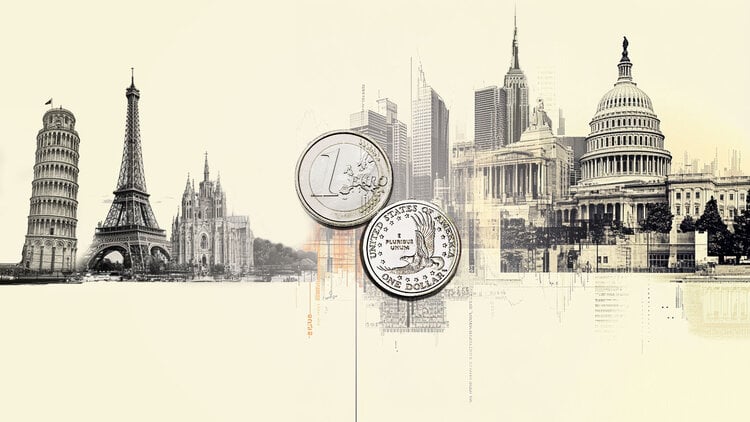- EUR/USD softens to around 1.1415 in Tuesday’s early Asian session.
- Bessent said it’s up to China to de-escalate the trade war.
- Traders raise their bets on the ECB rate reductions.
The EUR/USD pair edges lower to near 1.1415 during the early Asian session on Tuesday. The Euro (EUR) weakens against the US Dollar (USD) amid rising bets for further rate cuts from the European Central Bank (ECB) in June. Investors brace for further developments in US trade policy ahead of the release of highly anticipated US Nonfarm Payrolls (NFP) data on Friday.
US President Donald Trump said that there has been progress and he has talked with China’s President Xi Jinping, although Beijing has denied that trade negotiations are taking place. US Treasury Secretary Scott Bessent said that he had interactions with Chinese authorities last week but did not mention tariffs.
Bessent said on Monday that the US government is in contact with China but that it’s up to Beijing to take the first step in de-escalating the tariff fight with the US due to the imbalance of trade between the two nations. Investors will closely watch the US-China relationship. Trump’s chaotic trade policy has dented faith in American assets, and the shared currency has emerged as an alternative destination for investors’ cash. Any signs of escalation in the US-China trade war could weigh on the Greenback and act as a tailwind for the EUR/USD pair.
Across the pond, Reuters reported on Saturday that ECB policymakers are becoming increasingly confident about cutting interest rates in June as inflation continues to ease. ECB policymaker Olli Rehn said on Monday that the central bank may cut interest rates below the neutral level that keeps the economy in balance.
Euro FAQs
The Euro is the currency for the 19 European Union countries that belong to the Eurozone. It is the second most heavily traded currency in the world behind the US Dollar. In 2022, it accounted for 31% of all foreign exchange transactions, with an average daily turnover of over $2.2 trillion a day.
EUR/USD is the most heavily traded currency pair in the world, accounting for an estimated 30% off all transactions, followed by EUR/JPY (4%), EUR/GBP (3%) and EUR/AUD (2%).
The European Central Bank (ECB) in Frankfurt, Germany, is the reserve bank for the Eurozone. The ECB sets interest rates and manages monetary policy.
The ECB’s primary mandate is to maintain price stability, which means either controlling inflation or stimulating growth. Its primary tool is the raising or lowering of interest rates. Relatively high interest rates – or the expectation of higher rates – will usually benefit the Euro and vice versa.
The ECB Governing Council makes monetary policy decisions at meetings held eight times a year. Decisions are made by heads of the Eurozone national banks and six permanent members, including the President of the ECB, Christine Lagarde.
Eurozone inflation data, measured by the Harmonized Index of Consumer Prices (HICP), is an important econometric for the Euro. If inflation rises more than expected, especially if above the ECB’s 2% target, it obliges the ECB to raise interest rates to bring it back under control.
Relatively high interest rates compared to its counterparts will usually benefit the Euro, as it makes the region more attractive as a place for global investors to park their money.
Data releases gauge the health of the economy and can impact on the Euro. Indicators such as GDP, Manufacturing and Services PMIs, employment, and consumer sentiment surveys can all influence the direction of the single currency.
A strong economy is good for the Euro. Not only does it attract more foreign investment but it may encourage the ECB to put up interest rates, which will directly strengthen the Euro. Otherwise, if economic data is weak, the Euro is likely to fall.
Economic data for the four largest economies in the euro area (Germany, France, Italy and Spain) are especially significant, as they account for 75% of the Eurozone’s economy.
Another significant data release for the Euro is the Trade Balance. This indicator measures the difference between what a country earns from its exports and what it spends on imports over a given period.
If a country produces highly sought after exports then its currency will gain in value purely from the extra demand created from foreign buyers seeking to purchase these goods. Therefore, a positive net Trade Balance strengthens a currency and vice versa for a negative balance.

